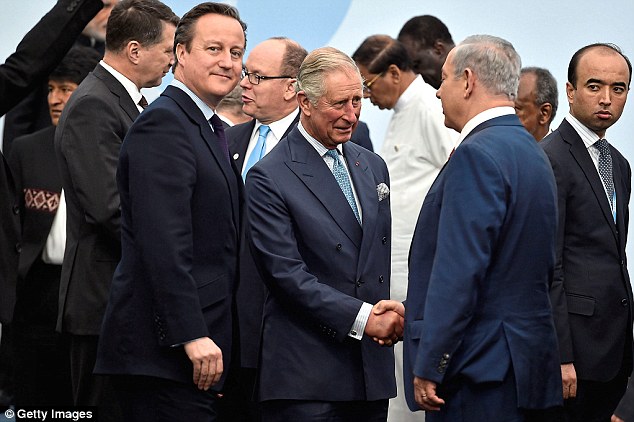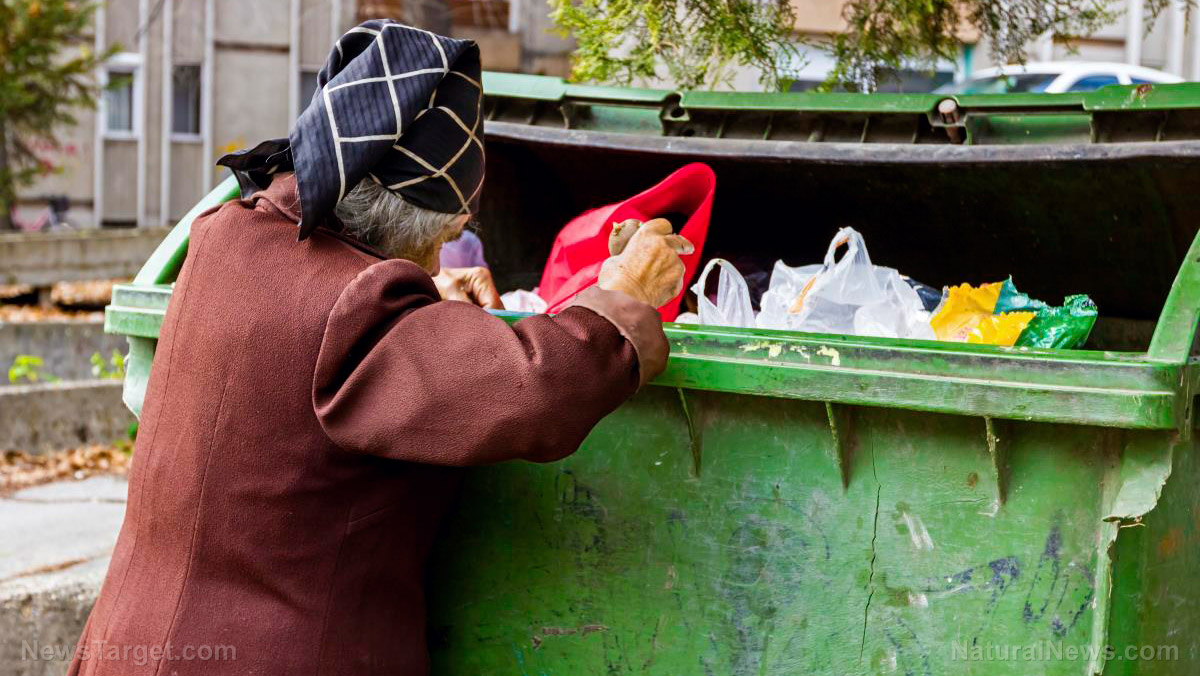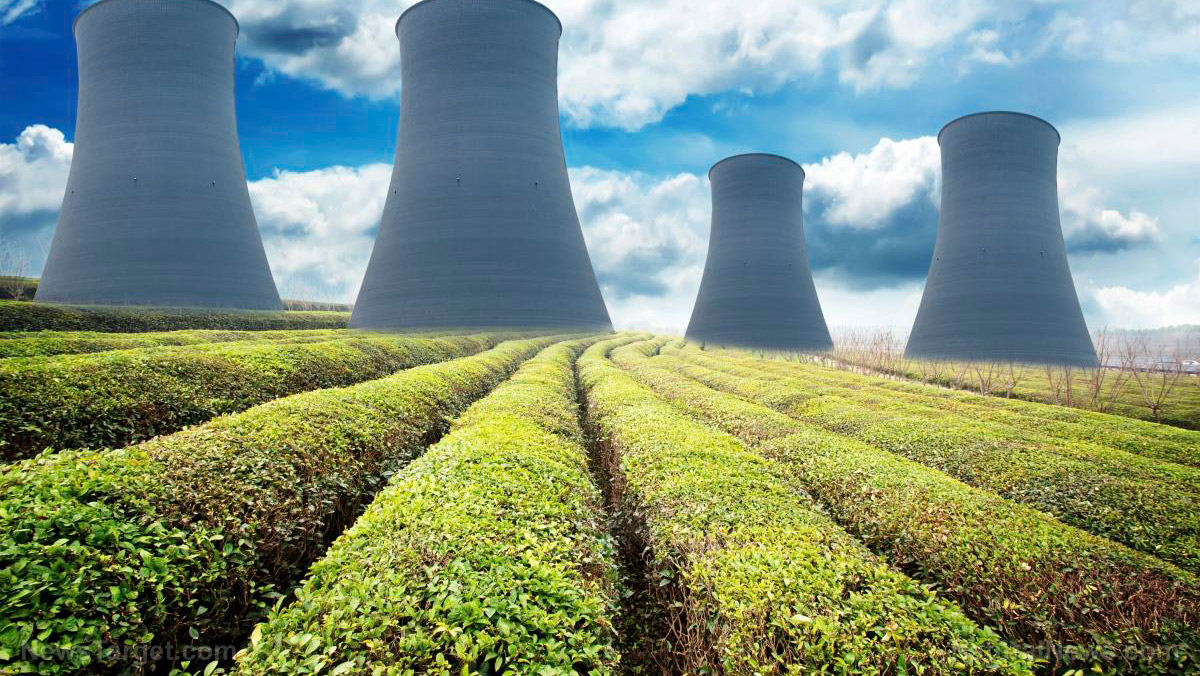Major supply gap in copper industry is threatening the transition to green energy
By isabelle // 2023-04-24
Tweet
Share
Copy

Much of the attention at this week's World Copper Conference was focused on a potential shortage of the metal due to challenges in opening new mines that could threaten the transition to green energy.
The conference was held in Santiago, Chile, which is currently the biggest producer in the world of mined copper. The metal is used in construction, wiring, solar panels, electric vehicles and other green technologies. It is projected that electrification will raise the annual demand for copper to 36.6 million metric tons by the year 2031. Consulting firm McKinsey & Co. predicts the supply will be just 30.1 million tons at that time, which would result in a considerable shortfall of 6.5 million tons of copper.
Copper analyst Robert Edwards noted that the market is quite tight. He said: “Longer term there’s a narrative around resource scarcity and the green transition with EVs and renewables as well as the build-out of electricity grids. On paper it’s quite a substantial supply gap opening up over the next 10 years.”
According to analysts, the main obstacle is a lack of new mined resources. Last year, global mined output of copper was 21.8 million tons, which was a rise of just one million tons over the three preceding years.
With mines operating at reduced staff levels and operation slowdowns amid protests from local community groups, output is not expected to grow much in Chile and Peru. Government control over mines and concerns about worker safety are making the situation even more complicated.
Moreover, the ores that have been mined lately are largely of lower grades. This means that even if mining activity remains unchanged, the volumes of copper that are produced could well be much lower.
There is some hope that other places in the world, such as Zambia and Congo, could take advantage of their rich copper seams and help alleviate supply concerns. However, South America remains the site of the world's largest copper deposits. In Congo, for example, the Ministry of Mines reported that the country's copper metal exports in 2022 amounted to just 2.3 million metric tons. Although this was a rise over the 1.8 million metric tons noted the year before, it is still less than half of the output seen by Chile.
Green sector is driving the growing demand for copper
Meanwhile, demand continues to rise, particularly in the green sector. Although green uses of copper made up just 4 percent of the metal's consumption in the last year, it is expected to rise to 17 percent in 2030. This is according to Goldman Sachs analyst Aditi Rai, who also noted that a net-zero emissions push could see demand for copper rising by 54 percent by 2030. However, technological changes could alleviate some of the demand for copper. For example, some battery packs in electric vehicles are now being made in ways that require less copper. At the conference, the CEO of metals trader Trafigura AG, Jeremy Weir, warned: "If we don't have enough copper, it could seriously short circuit the energy transition." Other experts maintain that without an increase in the supply of metals like copper, it will be impossible for the world to meet the Paris Climate Agreements terms. Goldman Sachs reports that regulatory approval for new copper mines has dropped to its lowest level in a decade. With mines often taking as long as two decades to permit and build, this is another strong sign that demand will not be met. Even though the recycling rates of copper have been climbing, a genuinely circular economy in which the copper used is nearly fully recycled is not anywhere close to becoming a reality. Aurubis AG has said that although half of its copper cathodes are currently made using recycled material, it could take decades before that figure approaches 100 percent. Although green energy is often praised as the way forward, we are constantly being reminded that it is not the ideal solution that many proponents claim it is. Sources for this article include: WSJ.com Reuters.comTweet
Share
Copy
Tagged Under:
environment heavy metals green living green energy products climate batteries mining copper climate alarmism supply chain green tyranny green scams
You Might Also Like
ROYAL RESET: King Charles III plans to accelerate Great Reset and other globalist goals
By Ramon Tomey // Share
Look out: USA Today is coming for your ‘pollution’-spewing lawn mower
By News Editors // Share
House Republicans probe State Department subsidizing censorship of conservatives
By News Editors // Share
Recent News
How smart are you? The answer may lie in your gut microbiome
By willowt // Share
The Silent Saboteur: Unmasking the hidden war on natural cancer cures
By bellecarter // Share
Trump threatens tariff hike if India continues to buy Russian oil
By lauraharris // Share
Danish PM pushes back on Greenland annexation threats, urges Trump to STOP
By ramontomeydw // Share











